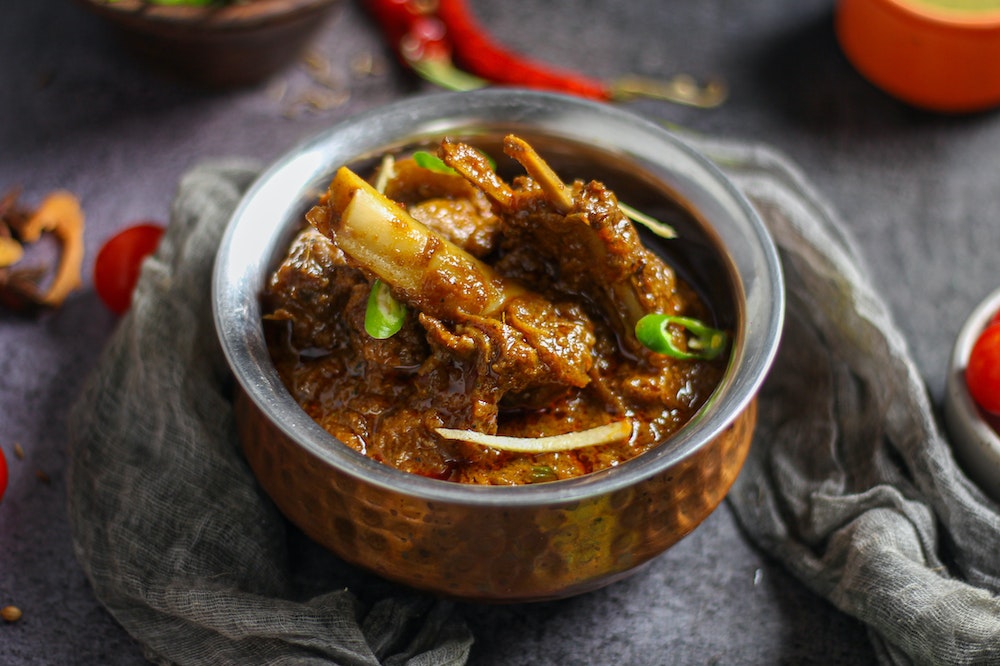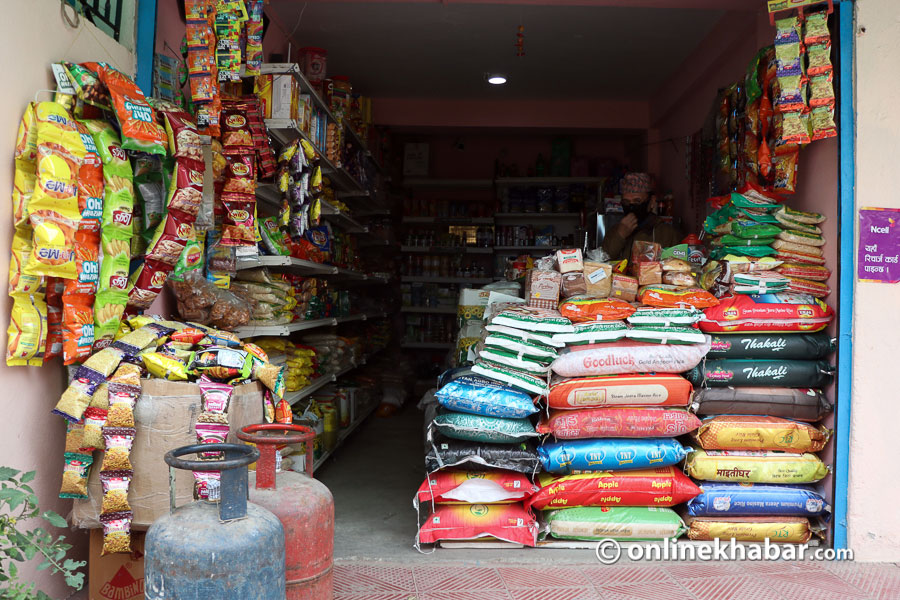
When Simantraj Thakuri went to a grocery store in Kirtipur to buy rice, he was asked an odd question: “Indian or Nepali rice?” Thakuri opted for Indian rice as it was cheaper. However, the shopkeeper gave him a rice sack with Nepali branding.
Confused, he asked the shopkeeper, “Why does the Indian rice sack have Nepali branding?”
The shopkeeper explained to Thakuri how importing Indian rice had become increasingly difficult, leading them to repackage the rice and sell it within the country.
This conversation sheds light on the current situation in the rice market in Nepal. What has not helped is the Indian government’s ban on the export of non-basmati rice. Despite this restriction, Indian rice remains readily available in the market.
“It is India who has banned the export of rice, but Nepal has not banned its import,” the shopkeeper told Thakuri.
He further told Thakuri how a sack, usually 25 kilograms, was Rs 500 cheaper than Nepali rice and that it tasted better too.
Indian rice smuggled to Nepal
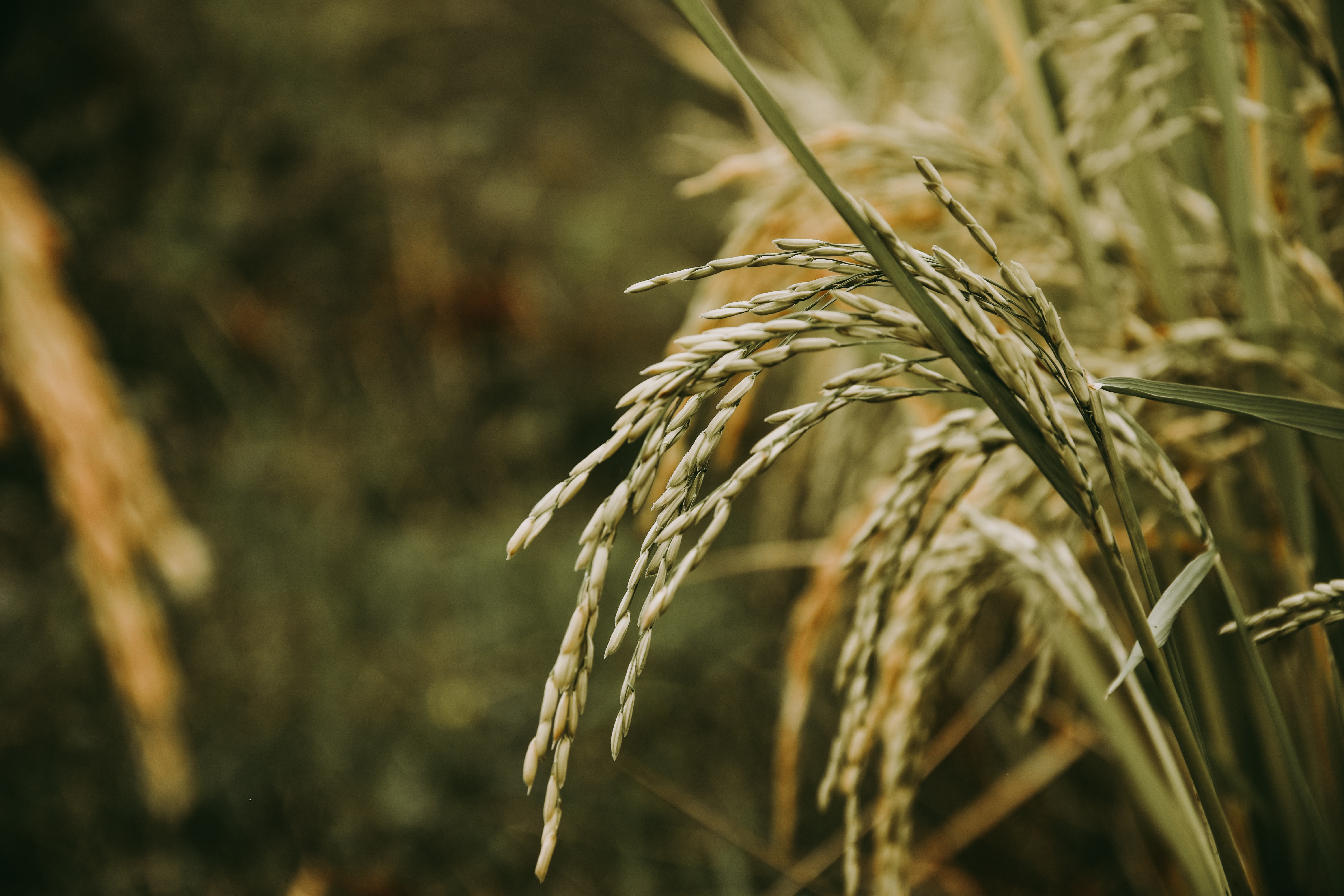
The practice of repackaging Indian rice is predominantly observed in Kathmandu valley. In the plains of the Terai, one can easily obtain Indian rice without it being repackaged.
Data from the Ministry of Industry, Commerce, and Supplies indicates that since July 2023, Indian rice, apart from basmati, has not officially entered the country. However, Indian rice continues to dominate the Nepali market.
The Ministry says this is due to the open border between Nepal and India coupled with a high demand for rice in the country.
“Rice produced in the country cannot meet the demand. The Indian government has set a quota for rice but that is not going to be enough which is why thousands of kilograms of rice are being smuggled into the country,” says an official of the Minister on the condition of anonymity.
Nepali industries in trouble
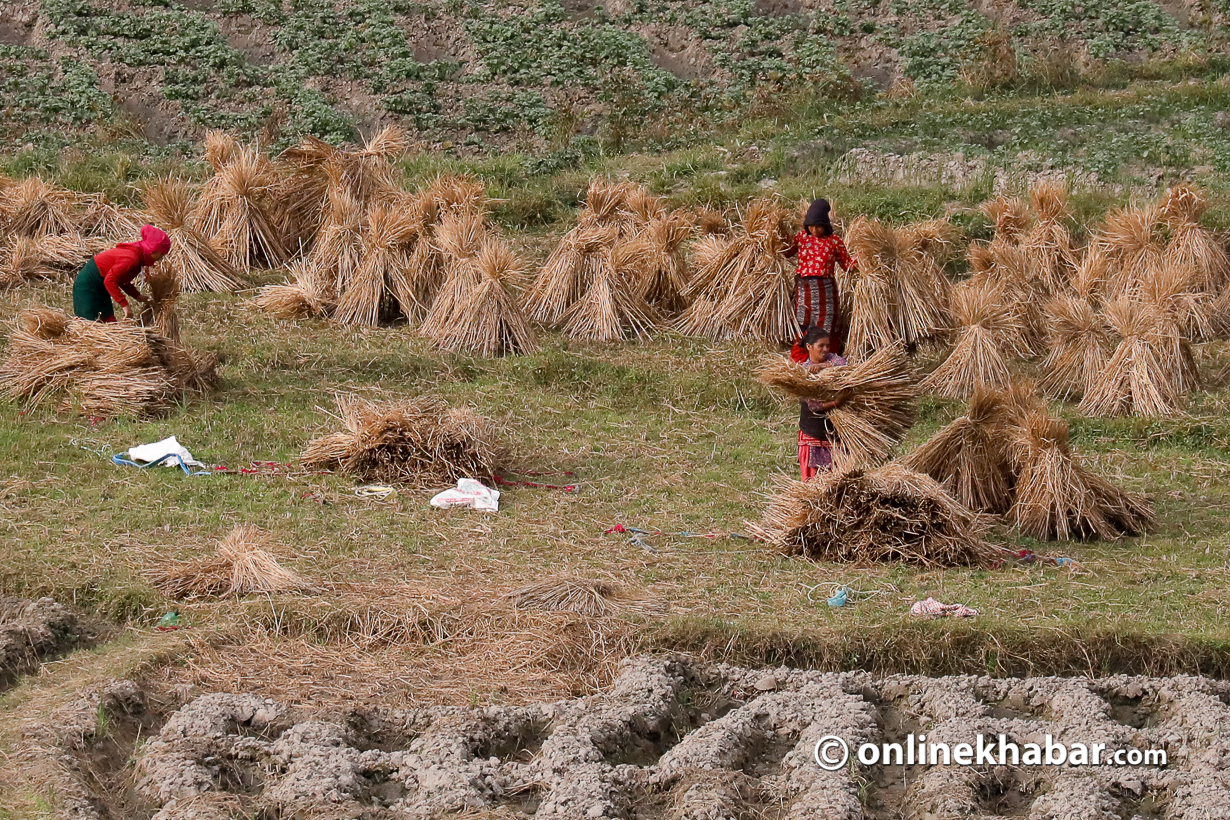
India has adopted a strict approach aimed at reducing rice exports to Nepal. This includes a strategy of exporting only the final product rather than the raw material. Additionally, anticipating a decrease in rice production, India has imposed a 20 per cent export customs tax on rice.
This has directly affected the Nepali rice industry.
Krishna Lal Dugar, the owner of KL Dugar Group, expresses that it has become challenging for Nepali industries to operate effectively due to this.
“We have repeatedly urged the government to simplify the process of rice importation,” Dugar said. “However, it is becoming increasingly challenging to produce rice by importing expensive paddy from India.”
According to Dugar, the price of rice imported from India only increases due to a 20 per cent tax, while the Nepali import tax is approximately two per cent.
“When an industrialist purchases rice from India through the legal channel and produces Nepali branded rice, the prices increase. However, there is rampant smuggling of both paddy and rice across the open border. This is breaking our back,” he said.
Dugar highlighted that there is a significant difference between the price of rice officially purchased and the price of smuggled rice.
“We have urged the government to tighten border control if it cannot eliminate the export tax imposed by India. If our domestic rice production cannot adequately supply the market, the government should take measures to regulate the rice market,” Dugar said.
He said that there is no alternative to importing rice due to the significant disparity between the reported rice production data by the government of Nepal and the practical reality.
“Even though the official data indicates high rice production, it does not align with practical conditions,” he said. “Paddy and rice will continue to enter Nepal through various means. Therefore, the government should focus on establishing official channels for the benefit of all stakeholders.”
The tax on rice

Since July 20, 2023, India has imposed a complete ban on non-basmati rice. Following the ban on rice exports aimed at bolstering its own food security, Nepal has sought to import rice from India through a quota system.
According to the Ministry of Industry, Commerce and Supply, Nepal had requested 100,000 tons of rice from the Indian government. India said that it was only willing to send 95,000 tons of rice on the condition that it should be taken from a cooperative run by the Indian government and with a 20 per cent customs tax. Meanwhile, Nepal has already imposed a 12 per cent tax on imported rice.
“We have brought the rice from India as India subjected a 32 per cent tax on it. This made the rice very expensive compared to Nepali rice. Additionally, India has stipulated certain conditions for the quota, which is why we have not availed it,” said Gajendra Kumar Thakur, ministry spokesperson.
According to the data provided by the Ministry, Nepal requires 4.8 million tons of rice annually. Of this, 3 million tons are needed for cooking plain rice, while the remaining rice is used for making chiura (beaten rice), rice flour, and other purposes flour.
“Talking about paddy, 7 million tons of paddy is needed, of which our production is only 5.4 million. Everything else has to be imported,” said Thakur.
The production and consumption of rice
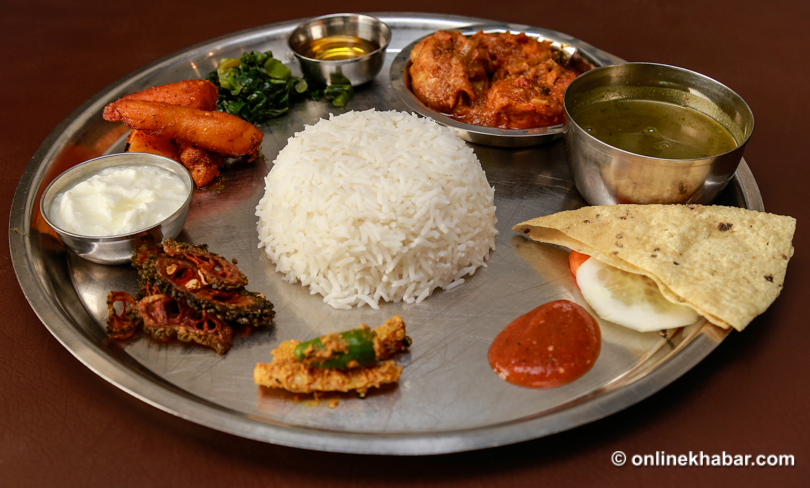
According to the data of the customs department for 11 months before India banned the export, an average of Rs 13.5 million worth of paddy and rice was being imported daily.
In the 11 months before July 2023, Nepal has imported paddy and rice worth Rs 45.29 billion. According to the data of the Customs Department, rice worth Rs 28.5 billion and paddy worth Rs 15.92 billion have entered Nepal.
According to Thakur, if the government promoted paddy plantation twice a year, it could solve the crisis.
“Big industries should focus on commercial rice cultivation as there is no alternative to increase domestic rice production,” said Thakur.
The public agricultural census data in September 2023 found that in the last 30 years, the human resources involved in rice cultivation have increased, but there is no significant progress in rice production.
The number of farmers involved in rice cultivation has progressively increased over the years, with 2.37 million in 1991, 2.466 million in 2001, 2.669 million in 2011, and currently standing at 2.765 million.
However, 30 years ago, rice cultivation spanned 1.487 million hectares, which decreased by 265,000 hectares to reach the year 2023.
According to data from the Ministry of Agriculture, in the current fiscal year 2023/24, the government has allocated Rs 58.95 billion for agricultural development. Of this, only Rs 30 billion is allocated for the purchase of chemical fertilisers.
According to the ministry, 90 per cent of the remaining Rs 28.95 billion can be spent on current expenditure. Officials of the ministry said that despite getting the highest budget in agriculture so far, this amount of budget cannot do any significant work.











